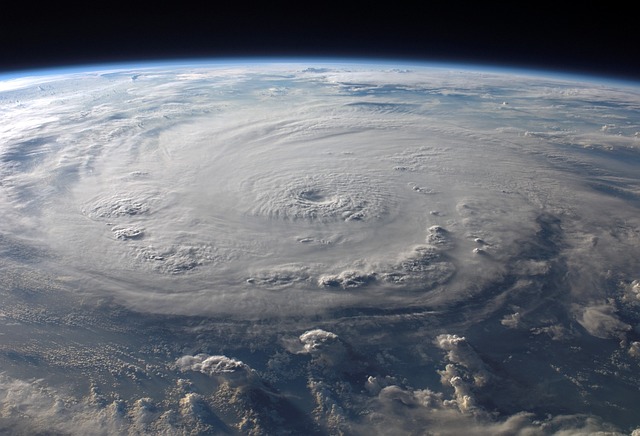A thermometer and a barometer are two components of a weather station that measure temperature and air pressure, respectively. They are made up of many parts, depending on the type and supplier. They can measure and send many types of atmospheric data, thanks to each component.
Weather sensor
The majority of sensors just monitor wind direction and speed, despite the term “sensor” seeming quite general. The wind speed is measured by the anemometer, which is a component of these devices. The wind vane is the component that measures wind direction.
Each device must provide information on wind direction and speed, as it provides insight into the movement of climate systems and their estimated arrival times.
Sensor of Lightning
A lightning sensor is a component of an automated device. Although they are optional, lightning sensors are a feature of each complete device.
This is so because one important piece of safety gear is a lightning sensor. To ensure you don’t miss a lightning strike, make sure your computerized weather station camera contains a complete lightning sensor.
The actual lightning sensors are cylinder-shaped devices with a circuit board inside. Within a larger lightning network, complete lightning sensors produce the most effective lightning alarms. When these sensors are part of a whole lightning network, they generate fewer false and missed alerts.
Sensor Cover
The sensor shelter is an additional sensor component. This is really one of the compositions with the most instruments, even though it may only sound like a safeguard for automated devices.
Rain Gauge
A rain gauge is the next crucial and simple component of any automated sensor. The liquid-equivalent precipitation is measured by rain gauges. A rain gauge resembles a broad, vertical cylinder or a bucket.
The amount of rain or snow that has fallen in a specific time period may be found using devices equipped with rain gauges.
Data-Logger/Connectivity Device
Data loggers and network devices are two components that automatically work together to create. These systems cooperate through a sequential, automated procedure.
They start by measuring the information from your sensors. After that, they store and process the data. Lastly, the data is sent via the network appliance to devices such as your display, applications, and alarms.
Searching for stations with network equipment that have longer battery lives is a smart idea.
Meteorological display
Nearly every station has a display. Even weather lovers’ personal stations, which they keep at home, frequently contain a digital display someplace. Much more sophisticated displays are usually seen on professional-grade automated stations.

The availability of information is guaranteed by online centers. When they incorporate historical data, live video, predictions, and current observations, they are quite useful.
Camera for Weather
A camera is the final part of a station. A camera is not present at every station. But cameras, which link communities and provide real-time images, are an extra plus.
Some individuals share their camera feeds with local news stations, while others keep them private. Usually, these benefit both parties since local news outlets like airing live footage of the neighborhood, and organizations adore the publicity the story brings them!
Benefits of Automated Station Utilization
When buying or renting a station, most people look for one that will enable them to meet their corporate objectives. It makes no difference if the goal is to safeguard golfers, include children in STEM subjects in the classroom, or forecast dangerous storms for the emergency management department. In terms of stations, all organizations require the finest available.
For this reason, automated stations are a popular choice among businesses of all stripes. The world’s monitoring and forecasting systems rely heavily on automated stations. Compared to previous manual stations, automatic stations really have a number of important advantages, such as:
- Precision Measurements
- Minimal Power Needs
- Demonstrated Dependability
Precision Measurements
The precision of the readings is the first significant benefit of utilizing an automated station. Forecasts and the current weather might change quickly. You can stay informed with automated stations.
The drawback of utilizing a manual or conventional meteorological station is that measurement data must be obtained by a human. The possibility of human error is totally eliminated with automatic weather stations.
Furthermore, technology guarantees that you will receive frequent and regular updates. A few minutes can pass between updates on certain automated weather stations.
Professional calibration is another method that may make these stations more accurate. That essentially implies that they verify that everything is operating as intended. This guarantees the best possible quality for our weather network.
They flag a station until it is examined and fixed if anything doesn’t appear quite right.
Minimal Power Needs
An autonomous station’s low power consumption is its next benefit. Mobile phone technologies, wind turbines (Education National Geographic), and solar panels can all power automatic weather stations.
It is ideal for distant areas because of this characteristic. Consider it. Weather occurs throughout the world, especially in places without reliable power systems. An autonomous weather station may be powered by almost any source.













Leave a Reply